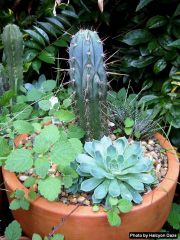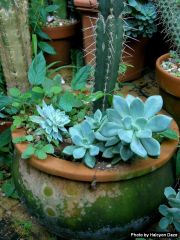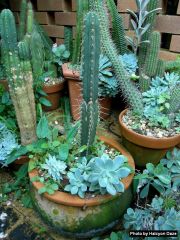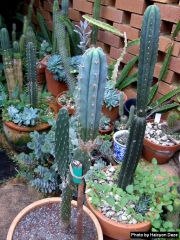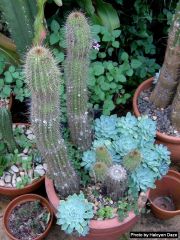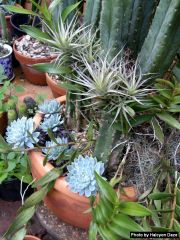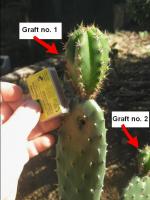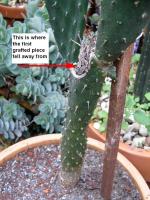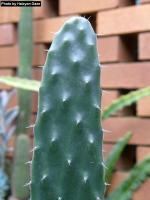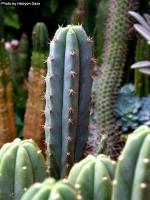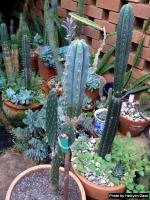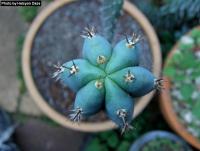-
Posts
3,634 -
Joined
-
Last visited
-
Days Won
117
Content Type
Profiles
Forums
Events
Blogs
Gallery
Store
Everything posted by Halcyon Daze
-

THANK YOU THREAd
Halcyon Daze replied to applesnail's topic in Creativity, Spirituality & Philosophy
Yeah I'm with ya. Gotta love them FEMALES lol. You wouldn't believe how I go over females. I'm probably the horniest guy I've ever known of, and my girlfriends pretty much agree. I'm like an unstoppable Sex machine on STEROIDS for any you females wondering. I'm just saying that's all, just letting you know. Putting it out there... -
Food and shelter. You have both in your garden. The ants eat the sugary solution that the scale insects secrete from their glands (it is excess sugars from the plant). They really like it a lot, they will kill for it.
-
This took a couple of listens but now I love it. Caitlyn Park, awesome Aussie artist "Before the world ends I wanna love somebody. There are guards in here..."
-
What you did 5 minutes ago
-
Here come the parodies
-
With 24 hour tracking & surveillance, and live news feeds of misinformation paid for by big oil companies and the like. I'm worried about the future we are so willing to adopt. Some of my friends are going to love it though...
-
We need to register a entheo-society and have monthly online meets. The native orchid club I was in used to treat themselves to all sorts of hollidays and parties with the profits they made. Those Christmas BBQs with the oldies (and all their hot grand daughters) were a hoot.
-
Well you have my full support, it's an excellent idea. I just wish I was somehow qualified to help you. I totally agree with what you say about getting better organised. That's how some environmental groups are making real progress these days. Just look ate the Guns case in Tassie. All the best with it and I look forward to the updates.
-

Time for Australia to abandon "failed war on drugs"
Halcyon Daze replied to chnt's topic in News & Notices
I'm liking what I see. http://www.theage.co...0402-1w8vg.html People who say Labor and LNP are the same are totally wrong IMO. This is something the Libs would never do. Infact I expect they will pull it all down like all the solar and wind projects. I can't see this going too far though. It will need a big push from the public, and you know what most aussies are like. Can't get off their asses for anything these days. -
-
Get it while it's hot lol http://www.reuters.com/video/2012/03/29/urine-eggs-a-delicacy-in-china?videoId=232498145&videoChannel=2602
-
From the album: Succulents
-
From the album: Succulents
-
From the album: Succulents
-
From the album: Succulents
-

Opuntia is the bomb for grafting Trichos
Halcyon Daze replied to Halcyon Daze's topic in Cacti & Succulents
You can see it in the original photo, but it never really grew untill the bigger graft was gone. It has taken about 6 months to go from the size of a large grape to this. So now I really want to look after the Opuntia and multiply it. Any tips on how best to go about doing this for my one and only, most favourite Opuntia? I'm not even sure what species it is now or where it was originally collected from. -

Opuntia is the bomb for grafting Trichos
Halcyon Daze replied to Halcyon Daze's topic in Cacti & Succulents
UPDATE!!! Believe it or not this is not the same graft, it is graft number 2 from the same cactus that started growing after the first graft fell off, aka Apical dominance. I just repotted the whole thing today. It really started 'Blue-ing up" in the late afternoon light -
Come on guys WHERE'S THE LOVE??? Accepting you have a problem is the first and biggest step for many people. "Hi my name is Halcyon Daze and I am a CLIMATE DAMAGE-AHOLIC!" Remember the dark old days when half the world was in denial?
-
Definitely a unique breed of rednecks in Queensland, among the world's finest. Anyway, while Australia makes another giant leap backwards, the rest of the world is racing ahead. like Japan, putting up billions to establish clean energies in a move very attractive to investors. http://www.altenergymag.com/news/2012/03/27/solar-will-be-biggest-beneficiary-of-japan39s-new-clean-energy-policy/23921
-
In a shameless grab for cash, the new premier of QLD is scrapping hundreds of millions of dollars in green power initatives and turning back to the Coal giants like Clive Palmers who helped fund Campbel Newman's campaign. http://www.theaustralian.com.au/national-affairs/elections/campbell-newman-orders-anna-blighs-husband-greg-withers-to-kill-green-schemes/story-fnbsqt8f-1226311864712 We have unleashed a monster in QLD.
-
Well I agree that big corps like GE are shining examples of jack sh#t, but at least they'll pollute less carbon. That's one small step for step for the planet right?
-
I'm fine with them making a profit. I'm fine with them making huge profits. The whole point of a tax based approach is that it most effectively enables companies to make profits out of their innovations. That's what's going to really drive the industry, PROFITS. Yeah we'll still have the fat cats at the top and probably always will but at least we'll quickly become a low carbon economy/country/world. It's the first steps that are the hardest to make with any revolutionary change.
-
"The Australian government is "gutsy" to follow through on its pledge to introduce a carbon tax, the world's top industrial conglomerate says. GE vice chairman John Rice said the $23 a tonne tax applying from July 1 would prompt the company to allocate more resources to carbon-reducing technologies." http://news.ninemsn.com.au/article.aspx?id=8441043 Good to see innovators are ready to use the new platform to better the world in which we live. This is something Abbott could never do IMO. Too visionary...


